How to Start a Car with a Bad Fuel Pump: Expert Tips & Advice
May 16th 2024
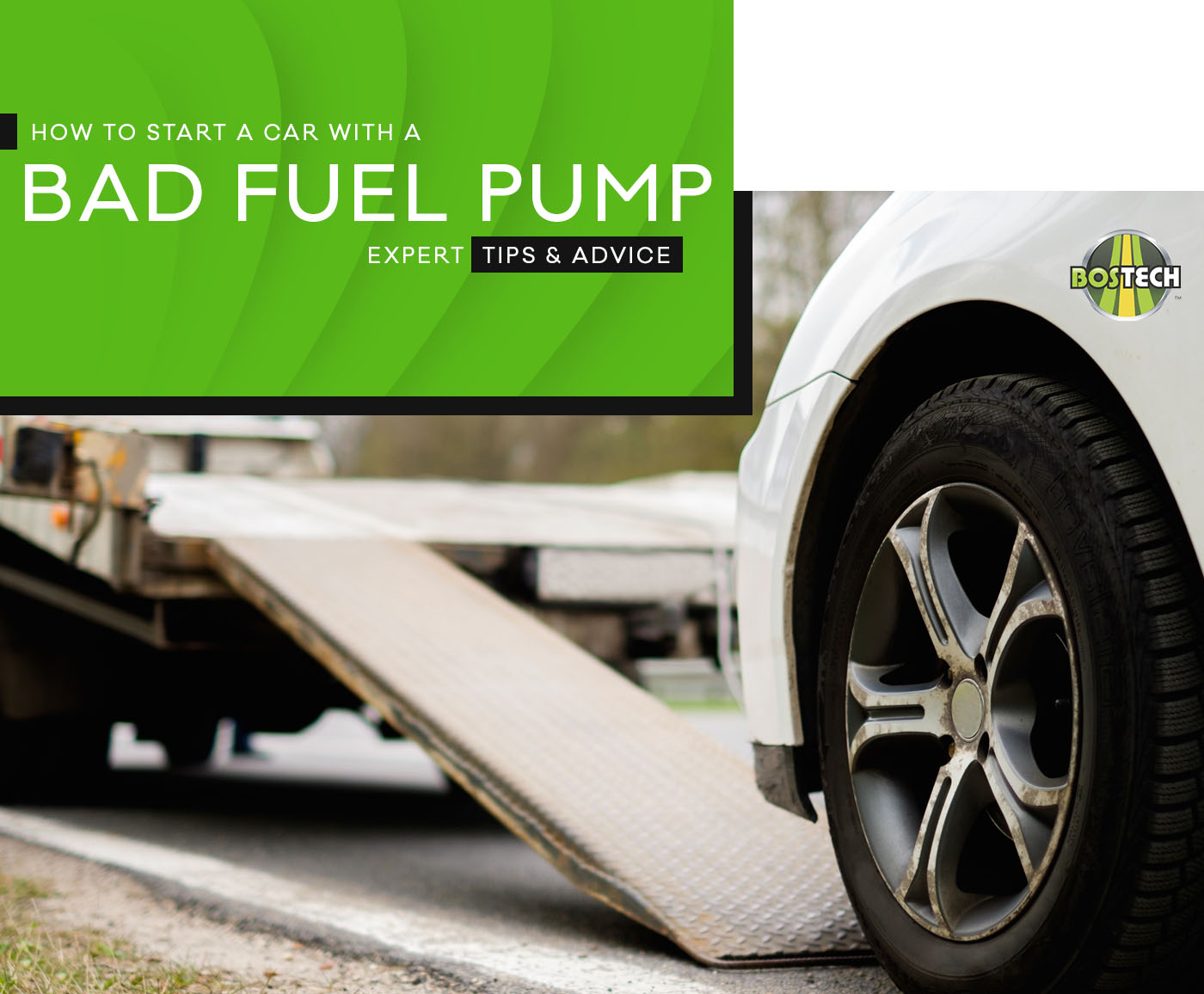
The fuel pump, also known as the fuel injector pump, plays a crucial role in your car’s operation. It sends fuel to the combustion chamber so the engine can start. However, excessive wear and tear can make it hard, if not dangerous, to start your car. Fuel pumps often deteriorate gradually before ultimately failing. This is a common issue, particularly in older cars, trucks and heavy haulers.
If you suspect you have a faulty fuel pump and are having trouble starting the engine, there are several things you can do to get the car up and running if it looks safe and you don’t have any other options for getting home. If you manage to start the car, head to your local mechanic immediately to diagnose the problem. Plan for the worst and learn how to start a car with a bad fuel pump to get yourself out of a jam.
What Is a Fuel Pump?
The fuel pump is essential in the ignition and acceleration process. It’s the beating heart of your vehicle, setting the rhythm according to the number of revolutions per minute (RPM). The fuel pump sits under the driver’s seat between the fuel tank and the fuel injectors that power the engine. When you turn the key in the ignition, the fuel pump pulls fuel out of the tank and pressurizes it before sending it to the fuel injections.
Diesel vs. Gas Fuel Pumps
Fuel pumps are used in both diesel and gasoline engines, but they operate differently. Both types of vehicles use pressurized fuel and air to initiate combustion. However, gas cars rely on spark plugs to ignite the mixture, while diesel engines use glow plugs to heat highly pressurized fuel, causing it to burn upon contact with the compressed air. The electric spark in gas cars ensures the fuel will burn, but diesel engines can struggle to ignite if the fuel doesn’t undergo enough pressure.
The fuel injectors in diesel engines open directly into the combustion chamber, typically at around 30,000 PSI. For context, that’s enough pressure for water to cut through glass. Diesel fuel pumps are more durable than gas pumps because they need to withstand additional pressure. Gasoline is more volatile than diesel fuel, reducing the pressure threshold. Diesel fuel has more viscosity than gas, making it harder to push through the rails.
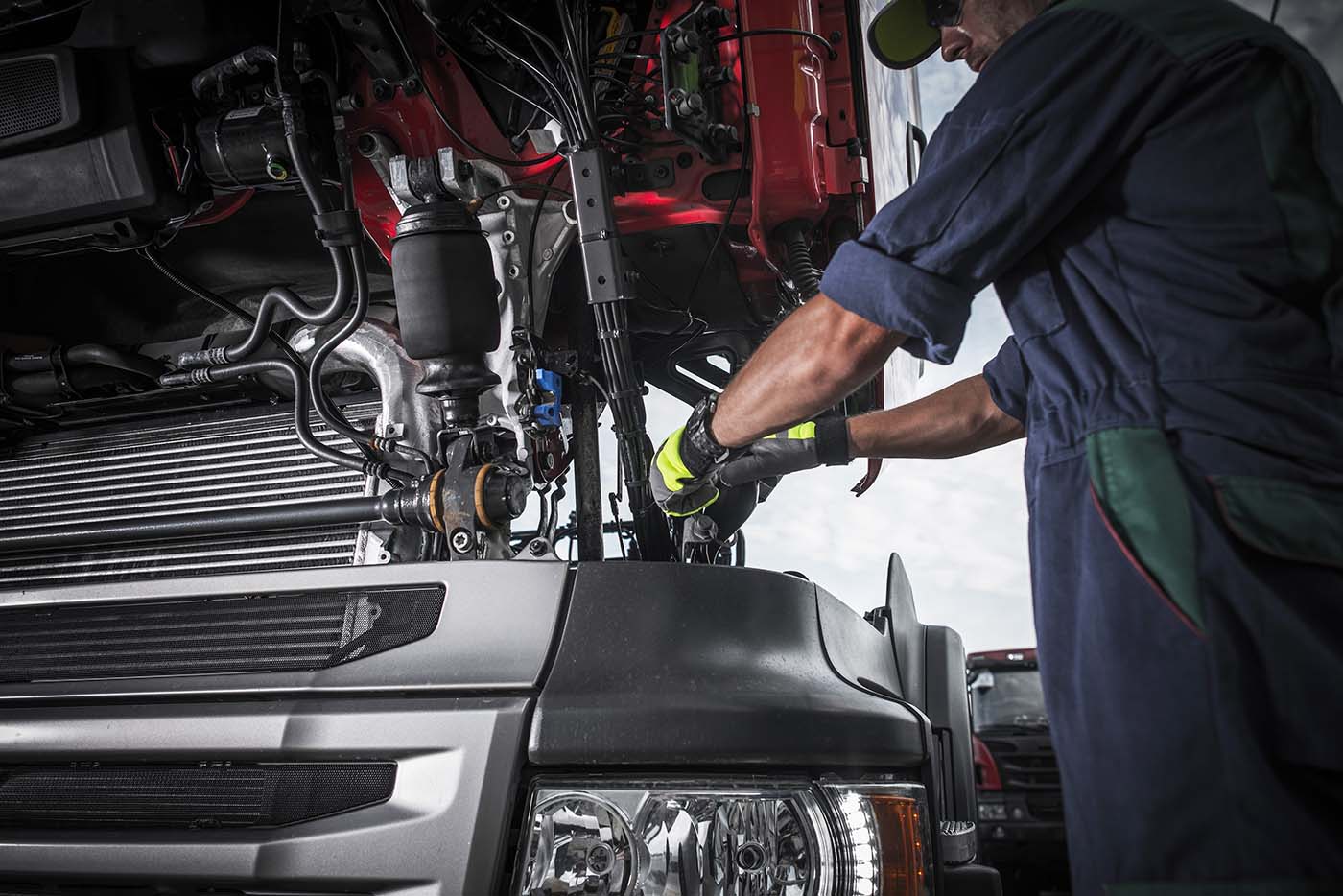
The fuel pump isn’t a particularly complex piece of machinery. The plunger presses on metered fuel based on how much is needed to fire the engine. Earlier pumps, commonly known as jerk pumps, are controlled by a cam connected to the engine, helping the pump regulate fuel pressure and volume. Newer diesel vehicles are electronically timed to increase accuracy. The fuel pressure regulator, a remote sensor, controls the timing, pressure and volume of fuel moving to the injectors.
What Causes the Fuel Pump to Go Bad
Some fuel pumps give out due to old age; others die from poor maintenance and dirty fuel. Diesel vehicles also last a million miles or more, so if you bought used, the chances of inheriting a clogged or tired fuel pump are pretty high. Primary Care Auto Expert tells us that most fuel pumps last at least 100,000 miles, but that number will vary based on how well you treat your engine and how often you tow heavy loads. Here are the most common reasons for the fuel pump to fail:
Bad Fuel
Your fuel pump will only work as well as the fuel you put into it. Poor-quality fuel can leave deposits in the fuel pump, leading to clogs. It also passes on any debris in the fuel tank. Leaving your fuel in unsealed or unwashed containers can lead to contamination. Keeping your fuel in storage for long periods can lead to water separation, especially in cold weather, increasing the risk of oxidation. Bell Performance says to store your fuel for no more than 12 to 18 months.
Running Low on Fuel
Not having enough fuel in your tank will also damage the pump. If you try to start the engine with the meter on E, the pump will send air through the system instead, which leads to overheating. Keeping the pump full keeps the temperature steady.
Broken Bearings
The bearings that house the fuel could be broken or rusted, making it hard for the pump to regulate pressure and volume. Look for rust, leaks and burnt fuel around the O-rings and ball seals.
You never want to get stuck with a broken fuel pump. If you’re using an older engine or regularly haul heavy equipment, keep a spare on hand to prepare for the old one’s eventual demise. Shop for a fuel pump for diesel by make and model to get your truck back on the road as soon as possible.
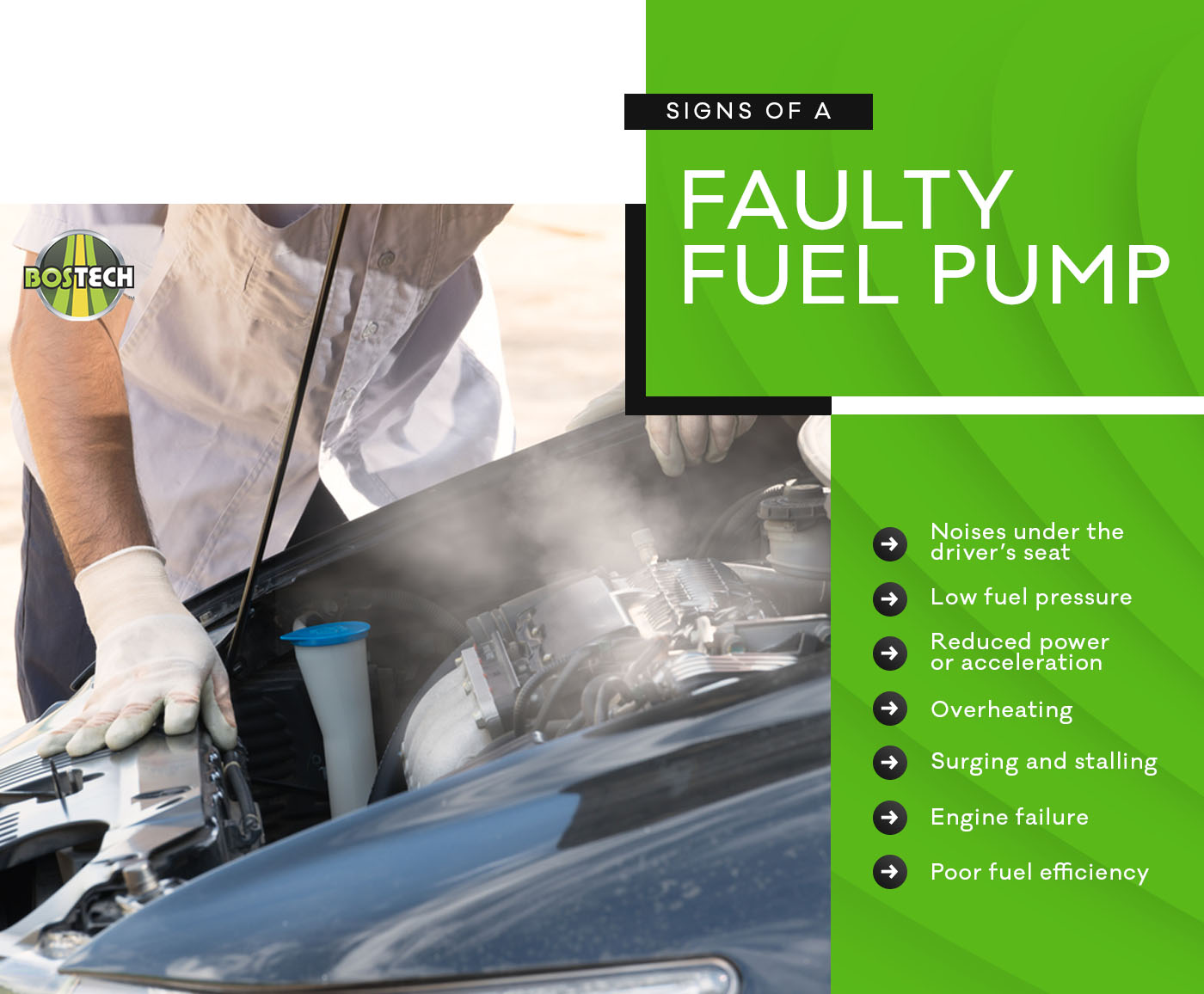
Signs of a Faulty Fuel Pump
If your fuel pump is on the decline, listen and watch for:
- Noises under the driver’s seat
- Low fuel pressure
- Reduced power or acceleration
- Overheating
- Surging and stalling
- Engine failure
- Poor fuel efficiency
These problems can occur for several reasons. Don’t assume that the fuel pump is to blame. There could be issues with the injectors, oil system, exhaust gas recirculation (EGR) system or fuel pressure regulator. Learn about the symptoms of a bad fuel pressure regulator to ensure it’s sending the right information to the fuel pump.
Contaminated fuel will spread debris to the fuel injectors. Clogs and narrowed passageways limit the amount of fuel that goes to the combustion chamber. Sticky carbon deposits also prevent the injectors from firing as the nozzle fails to open.
Replace clogged diesel fuel injectors for your make and model to improve fuel efficiency. The oil in the diesel injectors pressurizes the fuel before it is injected. Not changing your oil on time or using poor-quality oil can also clog your injectors.
The fuel filter may also be clogged. The wire mesh will fill with soot, carbon and metal deposits from damaged parts in the fuel system, blocking the fuel flow. If the fuel pump or injectors are worn, the rest of your fuel parts will likely need to be serviced as well. Shop for fuel system parts to avoid spreading debris throughout your fuel supply.
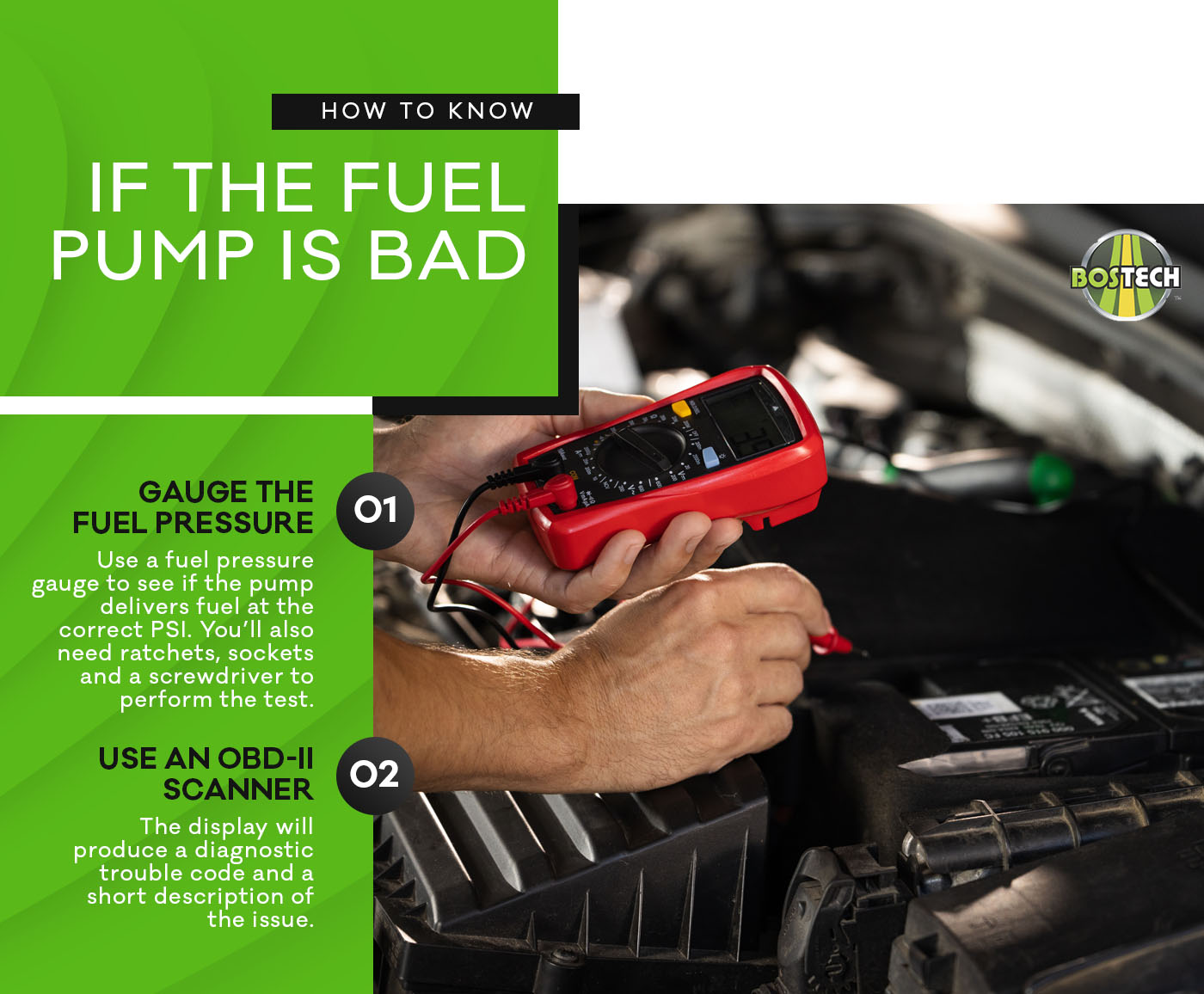
How to Know if the Fuel Pump Is Bad
Before you try starting the car, confirm whether the pump is broken. A mechanic is the best person to diagnose the problem, but you can do some detective work before potentially damaging the engine. If the pump malfunctions, the check engine light should be on, but a faulty sensor won’t go off. Take the following steps to see if your fuel pump is dead:
1. Gauge the Fuel Pressure
Use a fuel pressure gauge to see if the pump delivers fuel at the correct PSI. You’ll need a fuel pressure gauge, ratchets, sockets and a screwdriver to perform the test. Park the car, turn off the engine and engage the parking brake. Once the engine is cool, find the fuel pressure test port under the hood and attach the gauge according to the directions. Fuel will spill from the port, so lay a rag down to avoid spills.
Start the engine and record the PSI listed on the gauge. Consult the vehicle owner’s manual to see how much pressure is needed to start the car. Most manufacturers suggest comparing the readings at various RPM. If the pressure is low, the pump and injectors are the likely culprits.
2. Use an OBD-II Scanner
An OBD-II scanner is a portable digital device for quickly diagnosing engine trouble. Park the car and turn the engine off. Attach the scanner connection port to the terminal underneath the steering wheel. Turn the ignition on without starting the engine. This should automatically turn on the scan. The display will produce a diagnostic trouble code and a short description of the issue.
Shop All of Our Diesel Products
How to Start a Car with a Bad Fuel Pump
Driving any vehicle with a bad fuel pump isn’t recommended. If you try to start the engine when there isn’t enough fuel in the combustion chamber or the fuel isn’t at the correct PSI to burn, the compressed air will fill the gap and overheat the engine. This can cause the engine to catch fire or explode.
You likely need to replace the pump and any dirty or clogged parts in the fuel system to start the car safely, but there’s a chance your current pump will make it to the closest mechanic in a pinch. Once the pump starts to sputter out, avoid trying to start the car several times in a row. Frequent misfiring will only overheat the engine.
Give the engine eight hours to rest before trying to start the car. Once the engine has cooled, the pump might pass whatever fuel is left in the rails to the injectors. This might take you a few miles. Accelerate slowly, drive no faster than 30 mph and turn on your emergency lights so other cars know to pass.
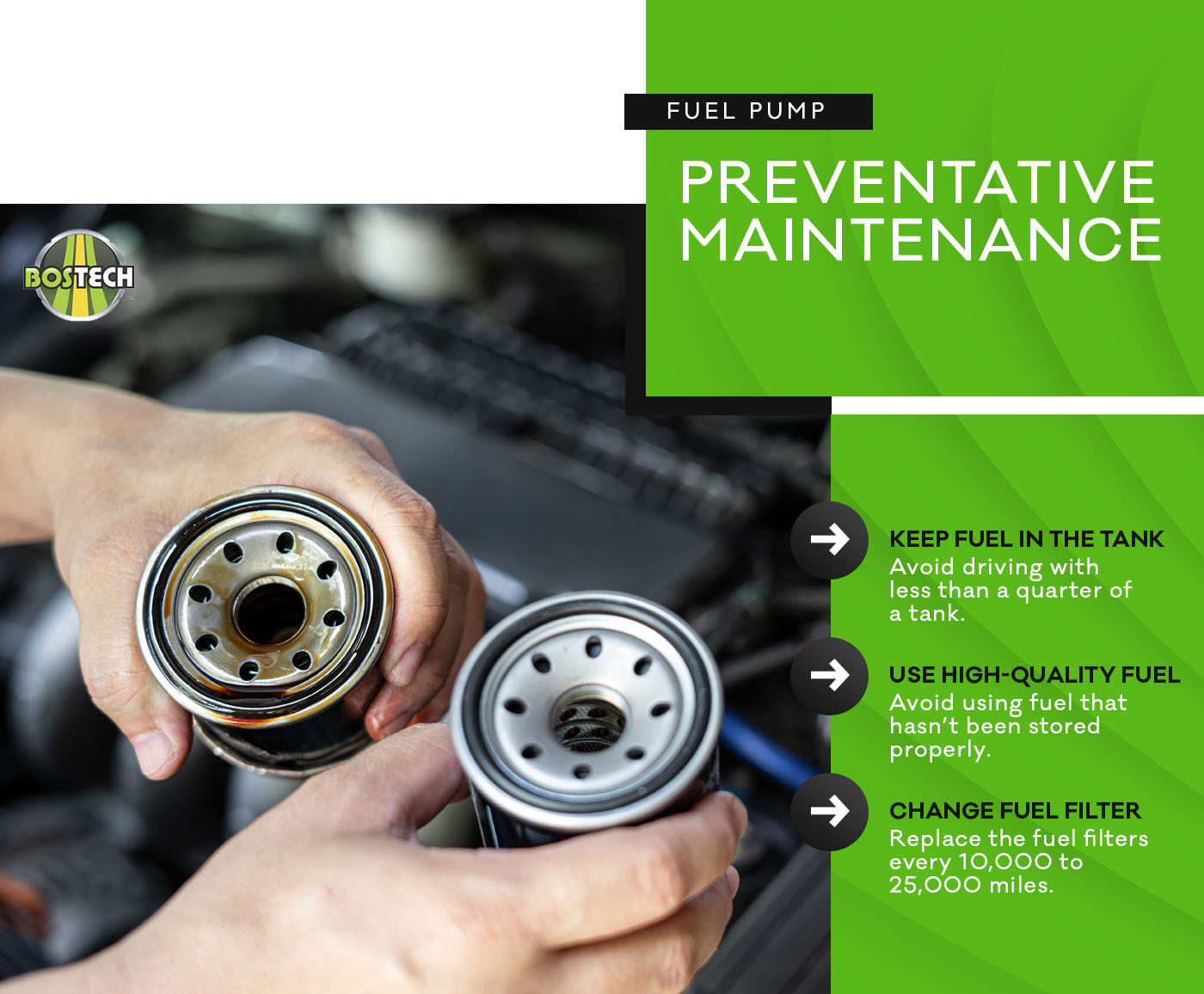
Fuel Pump Preventative Maintenance
Treat your fuel pump with love to avoid forcing it to work harder than necessary. Practice regular preventative maintenance and monitor fluid consumption to respond to issues as soon as they appear. Make these habits a part of your driving routine:
Keep Fuel in the Tank
Avoid driving with less than a quarter of a tank. If the fuel gauge dips too close to E, you risk running out before reaching a gas station. Remember that your engine will consume more fuel than usual to go the same distance, so give yourself plenty of room for error when estimating fuel consumption.
Use High-Quality Fuel
Fill the tank with fresh diesel or gas, and avoid using fuel that hasn’t been stored properly. Preserving fuel for more than a year requires special equipment. Replace your emergency supply of fuel regularly. Insulate your fuel from extreme temperatures to prevent gelling and water separation.
Change the Fuel Filter Regularly
Your fuel filter will eventually fill up with debris regardless of how well you monitor your fuel quality. Replace the fuel filters every 10,000 to 25,000 miles. The filters on older engines and hard-working haulers clog faster and need more frequent changes. Monitoring how quickly the filters fill with debris will show you how much dirt is spreading through the system.
You can’t get far with a bad fuel pump, but you might have to try starting your car anyway in some situations. If you’re having trouble starting your engine, let the car cool. Consider calling a ride or having your vehicle towed instead of trying to drive without fuel or a clogged fuel system. Waiting for a professional to replace the fuel pump, injectors and fuel filter is less expensive than risking damaging your engine beyond repair. Don’t put your health and safety at risk trying to start a broken car. Consult the professionals and find another way to get home.
Image Credits
BK_graphic/Shutterstock.com
Ihor Astakhov/Shutterstock.com
worawit_j/Shutterstock.com
NONGASIMO/Shutterstock.com
mpohodzhay/Shutterstock.com
Virrage Images/Shutterstock.com
Nejron Photo/Shutterstock.com
